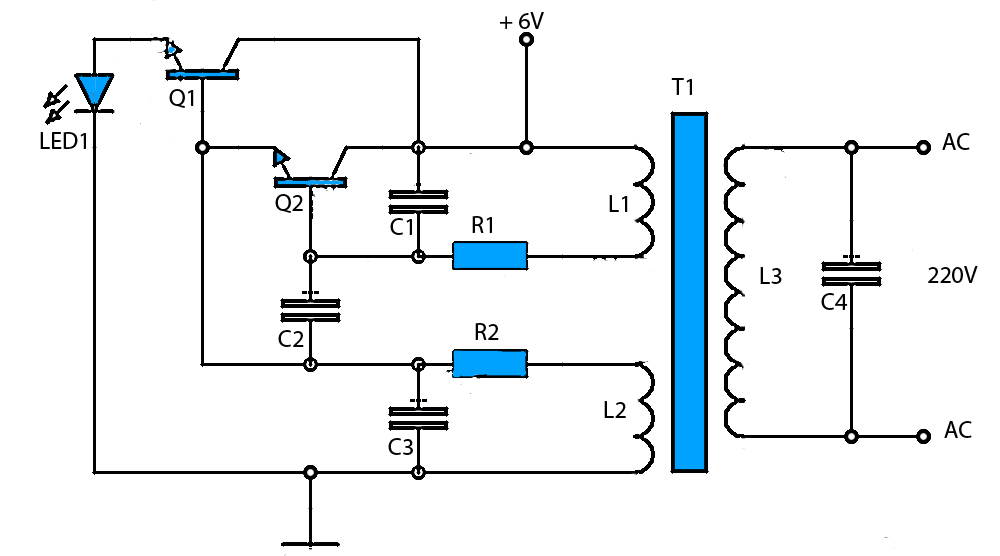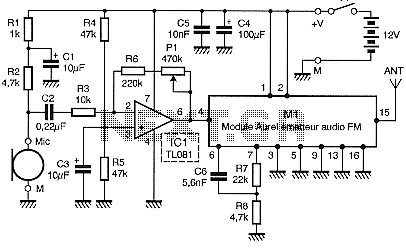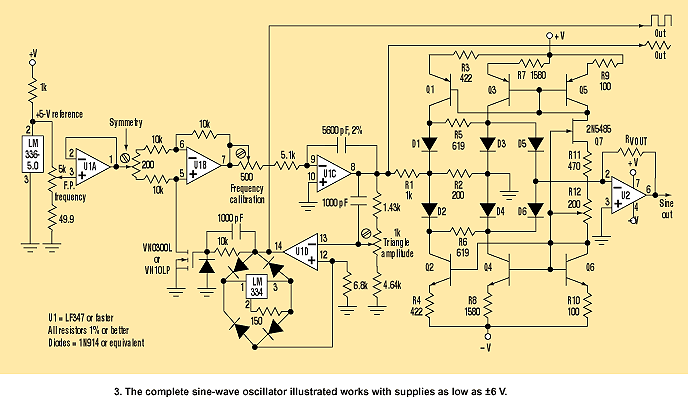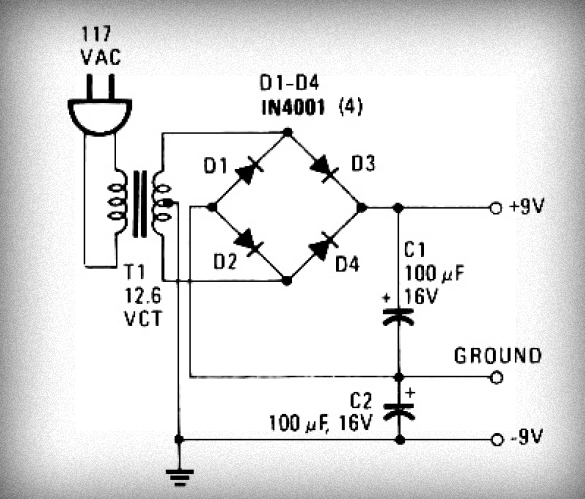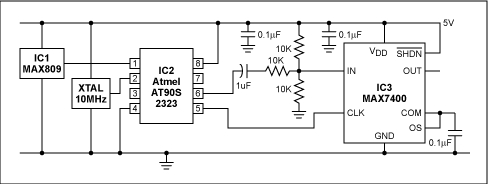
Sine wave schematic
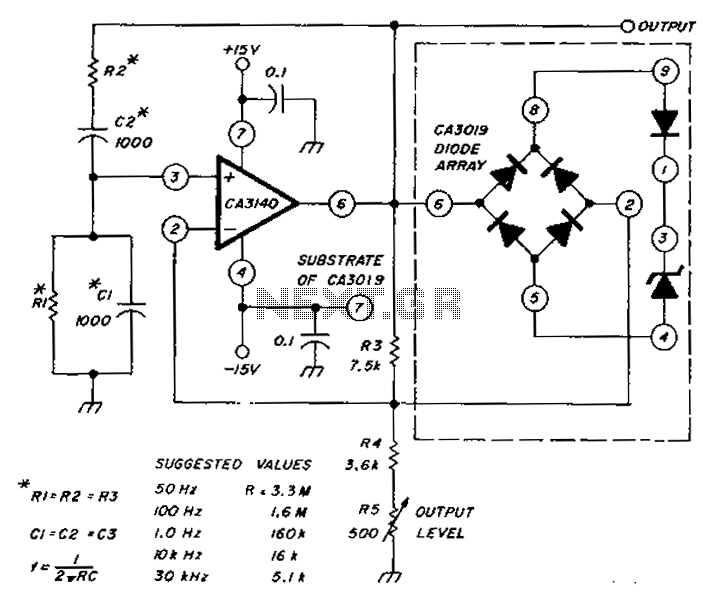
The circuit diagram utilizes a CA3140 operational amplifier and a diode array to generate a low distortion sine wave. A table specifies the values of resistors (R) and capacitors (C), enabling frequency access ranging from 50 Hz to 30 kHz. A Zener diode is incorporated for amplitude control and to facilitate quick automatic gain control (AGC).
The circuit leverages the CA3140 op-amp, known for its high input impedance and low bias current, making it suitable for applications requiring precision in signal processing. The diode array serves to shape the output waveform, ensuring minimal distortion during sine wave generation. The configuration of resistors and capacitors is critical; they determine the frequency response of the circuit. By adjusting these components, the circuit can be tuned to produce sine waves at specified frequencies across the range of 50 Hz to 30 kHz.
The inclusion of a Zener diode plays a pivotal role in maintaining amplitude stability. It acts as a voltage reference, clamping the output to prevent excessive amplitude variations. This feature is essential for applications where consistent signal levels are required. The quick automatic gain control (AGC) mechanism is facilitated by the diode array, allowing for rapid adjustments in gain to accommodate varying input signal levels, thus enhancing the reliability of the sine wave output.
Overall, this circuit design is advantageous for audio applications, signal generators, and other electronic systems where low distortion and precise frequency generation are necessary. The combination of the CA3140 op-amp, carefully selected R and C values, and the diode array with Zener diode ensures a robust and efficient sine wave generation system. Circuit diagram used CA3140 op amp and diode array, produces a low distortion sine wave. Table shows the values of R and C, access to frequencies from 50Hz to 30kHz. Zener diod e clamp for amplitude control, and provide quick AGC.
The circuit leverages the CA3140 op-amp, known for its high input impedance and low bias current, making it suitable for applications requiring precision in signal processing. The diode array serves to shape the output waveform, ensuring minimal distortion during sine wave generation. The configuration of resistors and capacitors is critical; they determine the frequency response of the circuit. By adjusting these components, the circuit can be tuned to produce sine waves at specified frequencies across the range of 50 Hz to 30 kHz.
The inclusion of a Zener diode plays a pivotal role in maintaining amplitude stability. It acts as a voltage reference, clamping the output to prevent excessive amplitude variations. This feature is essential for applications where consistent signal levels are required. The quick automatic gain control (AGC) mechanism is facilitated by the diode array, allowing for rapid adjustments in gain to accommodate varying input signal levels, thus enhancing the reliability of the sine wave output.
Overall, this circuit design is advantageous for audio applications, signal generators, and other electronic systems where low distortion and precise frequency generation are necessary. The combination of the CA3140 op-amp, carefully selected R and C values, and the diode array with Zener diode ensures a robust and efficient sine wave generation system. Circuit diagram used CA3140 op amp and diode array, produces a low distortion sine wave. Table shows the values of R and C, access to frequencies from 50Hz to 30kHz. Zener diod e clamp for amplitude control, and provide quick AGC.

